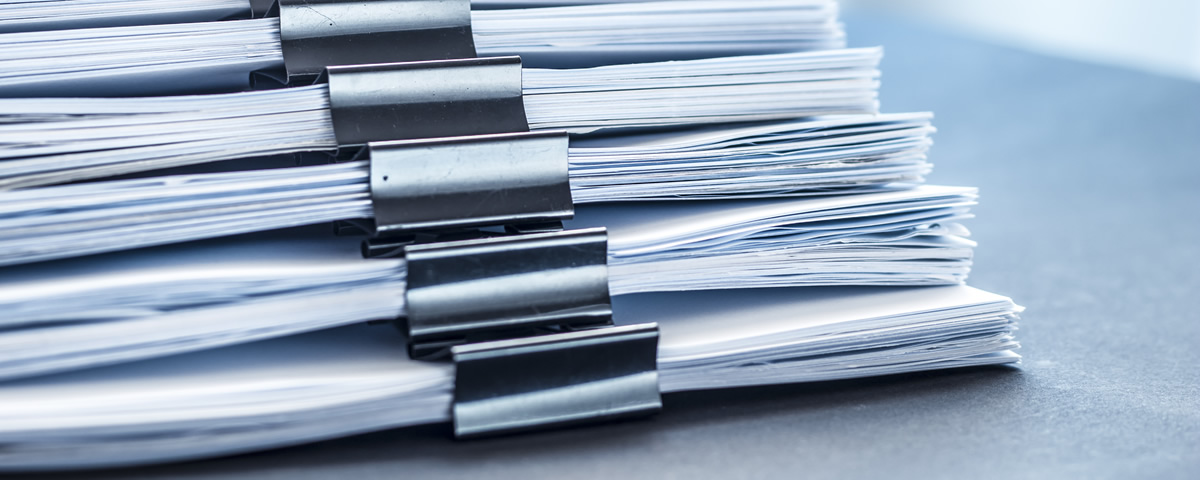Highlights on services for women with special needs
Women with disabilities
-
Women with disabilities in the HKSAR are provided with equal treatment and access to health facilities and services like other persons in the community.
- Some commentators considered that the public health care service for women currently provided in MCHCs are inadequate and their opening hours do not cater for working women. At present, the Government operates thirty-one MCHCs which provide antenatal, postnatal, family planning and cervical cancer screening services to women. In addition, three Woman Health Centres (WHCs) and ten MCHCs provide woman health service which comprise health education, counselling, and assessment according to individual needs. To meet the need of working women, all WHCs and MCHCs are now providing services in the morning of the 2nd and 4th non-public holiday Saturdays of each month.
- Some commentators have suggested that more promotion should be done to encourage women with disabilities to sign up for gynecological check-ups, while provision of adequate facilities and training to frontline staff should be considered. In fact, MCHCs have barrier-free access in clinic buildings, with wheelchair accessible gynaecological examination tables for women in wheelchairs. There are also on-going projects to further improve the barrier-free access facilities and services for women with disabilities.
Drug abusers
- Hong Kong continues to adopt a multi-modality approach in providing treatment and rehabilitation (T&R) services to support drug abusers of different background in quitting drugs. These services include community-based counselling, voluntary residential T&R, medical treatment of drug-induced psychiatric problems, outpatient methadone treatment, and compulsory T&R for drug abusers convicted of offences punishable with imprisonment. The Government has also set up a Beat Drugs Fund (BDF) with a capital base of HK$3.35 billion to provide funding support to worthwhile anti-drug projects, including T&R projects, proposed by interested parties in the society. In the past few years, one priority area of BDF funding support is projects which cater for the needs of female drug abusers. Since 2012, many BDF projects with T&R elements for female drug abusers have been launched, including those with female drug abusers and their partners as well as pregnant drug abusers/drug abusing mothers as the target service recipients.
- The Government is conscious of the T&R needs of female drug abusers. Through our on-going monitoring system (notably the Central Registry of Drug Abuse kept by the Government, which records information on reported drug abusers in Hong Kong), we have observed a continued declining trend in the number of reported female drug abusers in Hong Kong since 2012. The number was 2 072 in 2012 and has continuously dropped to 1 237 in 2017 (a drop of 40%).
3 The different service modalities may refer to the different points of intervention, different target groups (e.g. opiate abusers or psychotropic substance abusers), different treatment approaches (e.g. medical-based, counselling-based, faith-based, etc.), different aims (e.g. detoxification, maintenance, etc.) or other differences.
